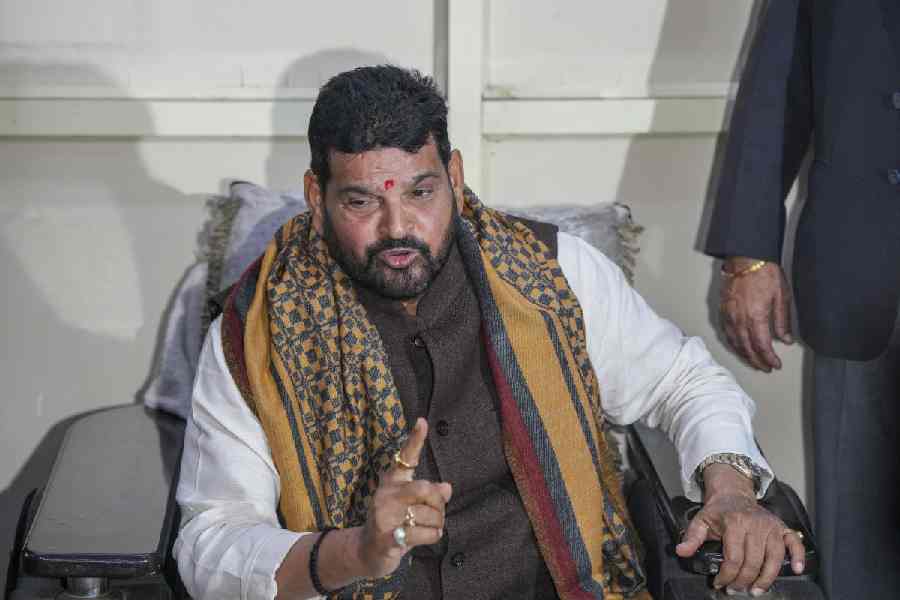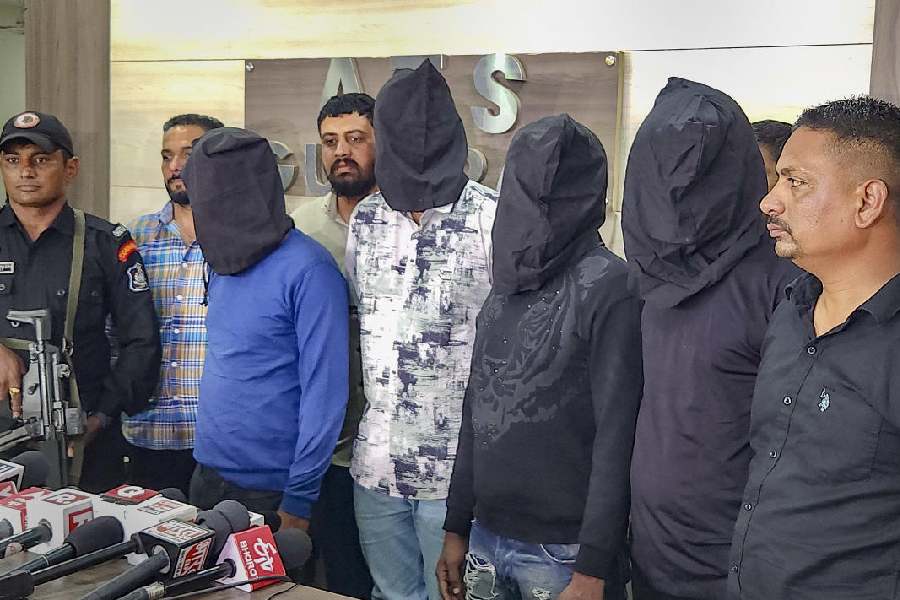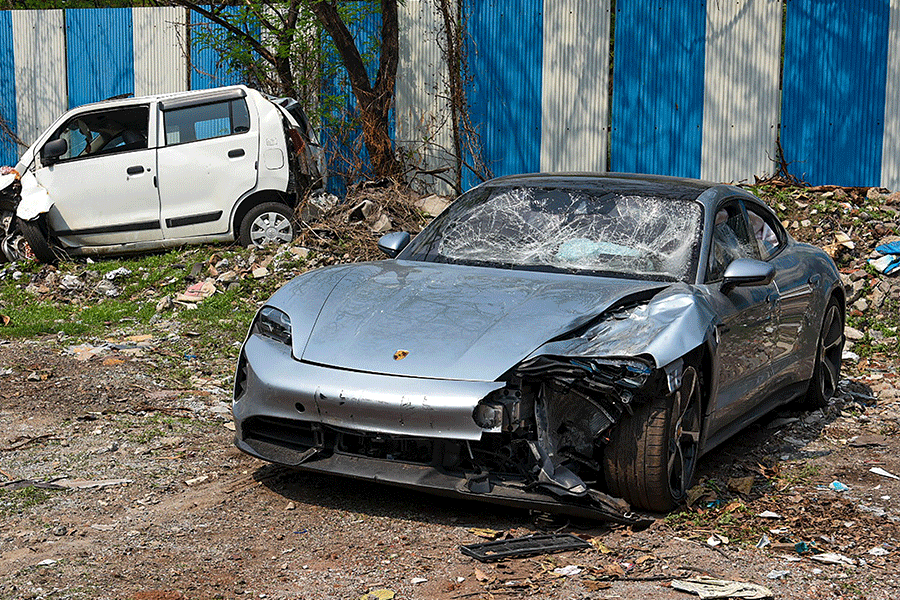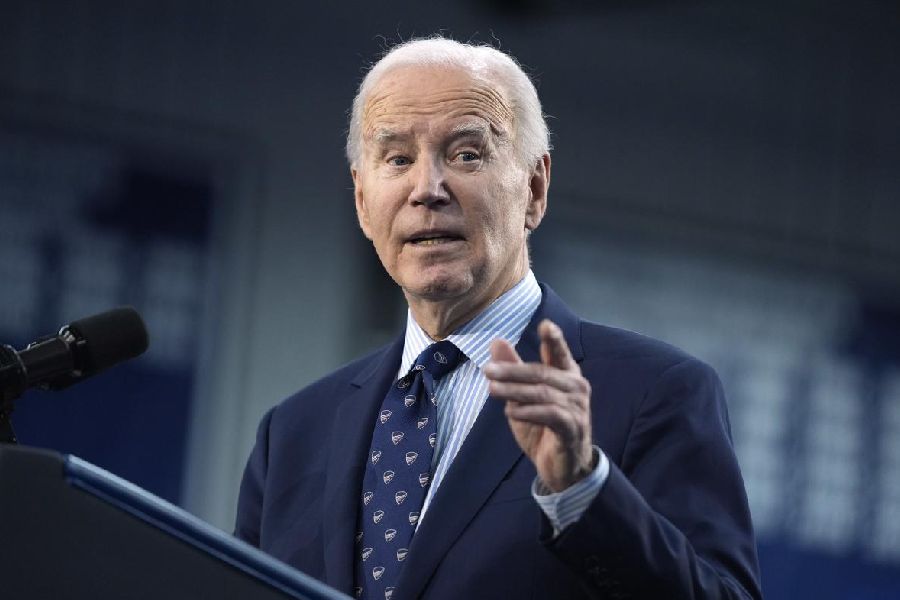A step backward can reverse years of progress. Such a threat looms large over India’s efforts to tackle malnutrition. Data from the latest National Family Health Survey reveal that in the last four years the share of stunted, wasted and underweight children in India has increased in the majority of the states and Union territories that were surveyed. Even states like Kerala, Gujarat, Maharashtra and Himachal Pradesh, which had made progress earlier, have registered a stark rise in stunting. Interestingly, some of these states have also experienced an increase in obesity among children under the age of five. This apparent contradiction seems to highlight a deeper problem — accessibility to and affordability and awareness of nutrition remain uneven across socio-economic constituencies. This has resulted in a dual burden: India has the highest number of obese children in the world after China; a recent national survey also found a drastic reduction in the intake of food among such marginalized communities as Dalits, tribal people and backward classes on account of diminished household income during the lockdown. Laws alone cannot resolve this crisis. Stunting and wasting are on the rise in spite of the existence of the National Food Security Act and a public distribution system that has a wide reach. Policy interventions are wanting; this perhaps explains the regression. The PDS infrastructure remains porous, mired in irregularities like leakages, corruption and the diversion of subsidized foodgrains for profiteering. There is also the problem of exclusion. A number of needy citizens, particularly from the underprivileged sections, are yet to be enrolled as beneficiaries. The lack of access to digital technology — Aadhaar linkage is mandatory for procuring foodgrains from PDS — has aggravated their plight in other ways. For instance, even though rations were doubled under the NFSA during the pandemic, economists estimate that around 100 million names have not been updated in the NFSA lists.
What makes the phenomenon of hunger complex is its layered nature. Starvation or malnutrition is not caused by undernourishment alone. There is convergence with interlinked, but less conspicuous, issues such as maternal nutrition; education — research shows that educated mothers bring up healthier children; hygiene; regularized, locally sourced mid-day meals; food wastage. Governments must make the provision of foodgrains equitable for all citizens. But this will not be enough. Policy must mull the need for piecemeal measures and targeted, community-based interventions in order to tackle this growing problem.










